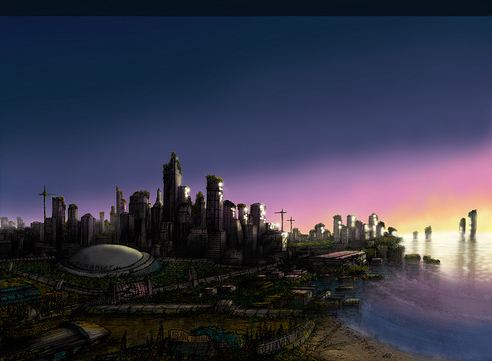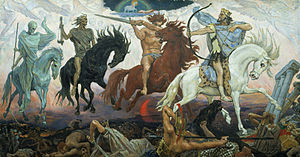“May you live in interesting times” is a well-known Chinese curse.
Well, the apocalypse stories take that to the logical extreme, as there would
be very little that would be uninteresting about a post-apocalyptic world.
This is a lovely little collection of (very) short stories that take human
beings out of their comfort zone into situations which they cannot have
experienced before.
Some explore human existence in the context of a broken society. In
“Trust”, R.C. Lewis explores the instinct for survival that leads to herd
behaviour, which can have disastrous (yet morally justified consequences).
On the other hand, “The Last Day of Fall” by Matt Sinclair is a mini Lord of
the Flies. A community that initially comes together in the face of
apocalyptic disaster. But there are some rotten apples in the basket…
Then hilariously, a short play / TB script “Disconnect” by Mindy McGinnis,
which joins God and the staff in heaven two seconds post-apocalypse. God
has inadvertently triggered Judgment Day by setting up his iPhone calendar
wrongly. With queues of millions forming at the gates of heaven, God gives up,
flops on the couch and starts playing with his old Gameboy, leaving his son, and a host of well-known angels to sort out the mess.
And the memorable grand finale by Judy Croome, “The Last Sacrifice”.
Apocalypse in an ancient era. A (Mayan??) king and demi-god performs
increasingly desperate sacrifices to appease the gods.
But to no avail.
The Slideshow Review for this book is here.
There is no Wikipedia link for this book. The Google Books link is here.
(The image above is licensed by shakespearesmonkey under a Creative Commons License. The image below is licensed by Lea LSF under a Creative Commons License.)





 RSS Feed
RSS Feed
